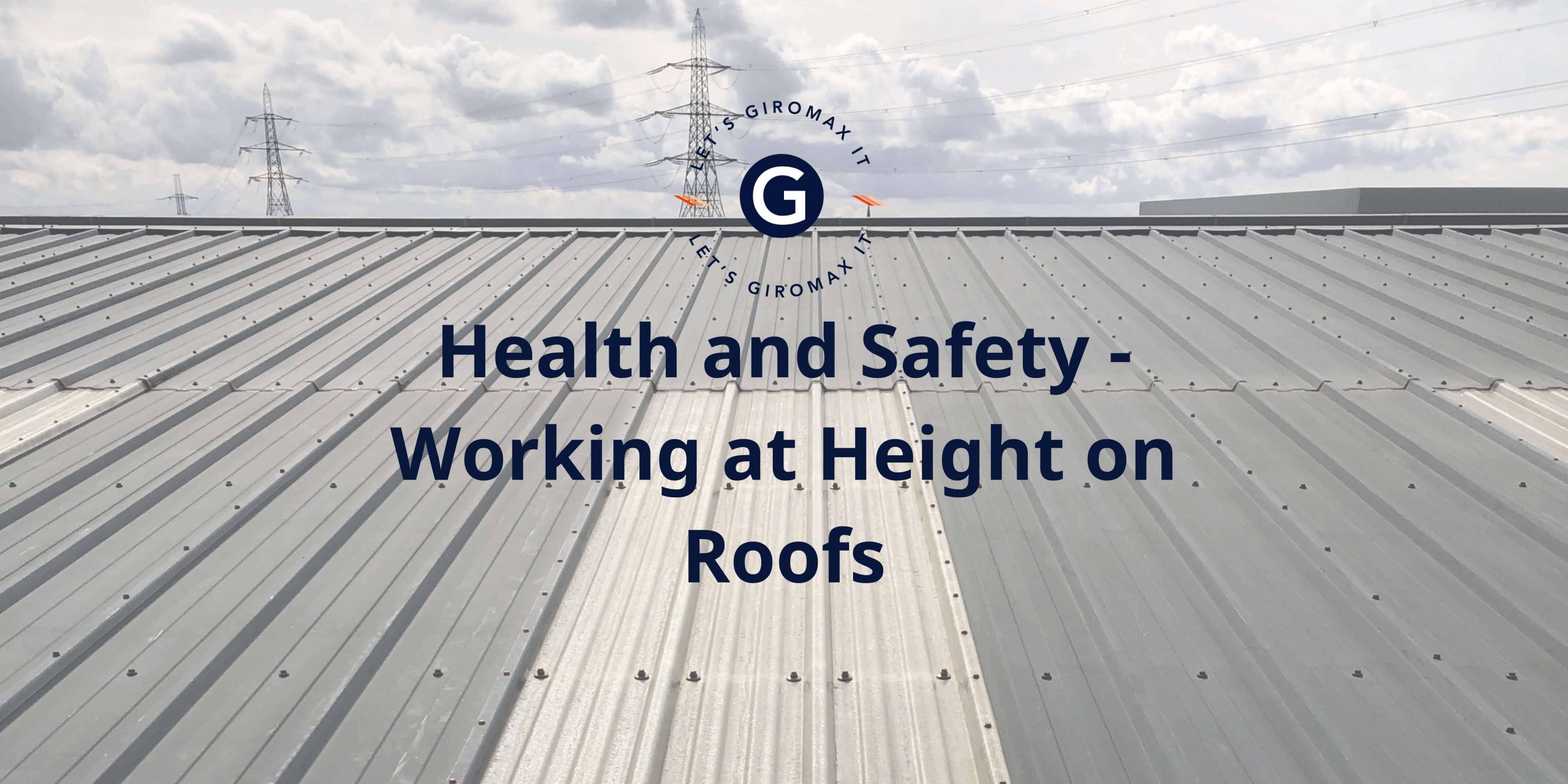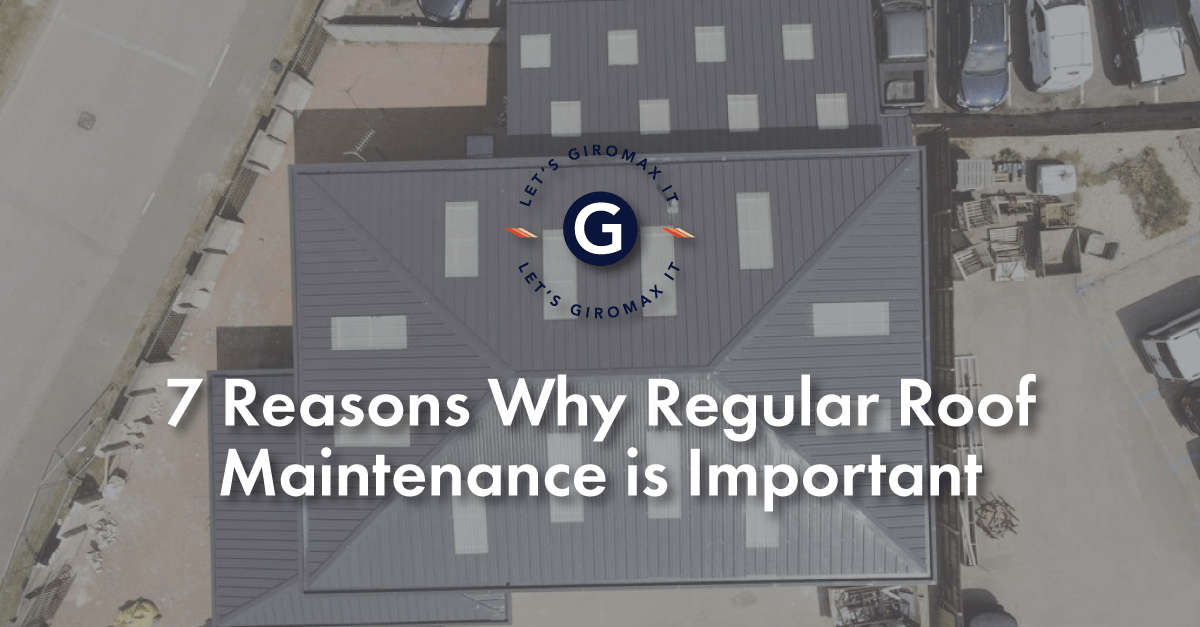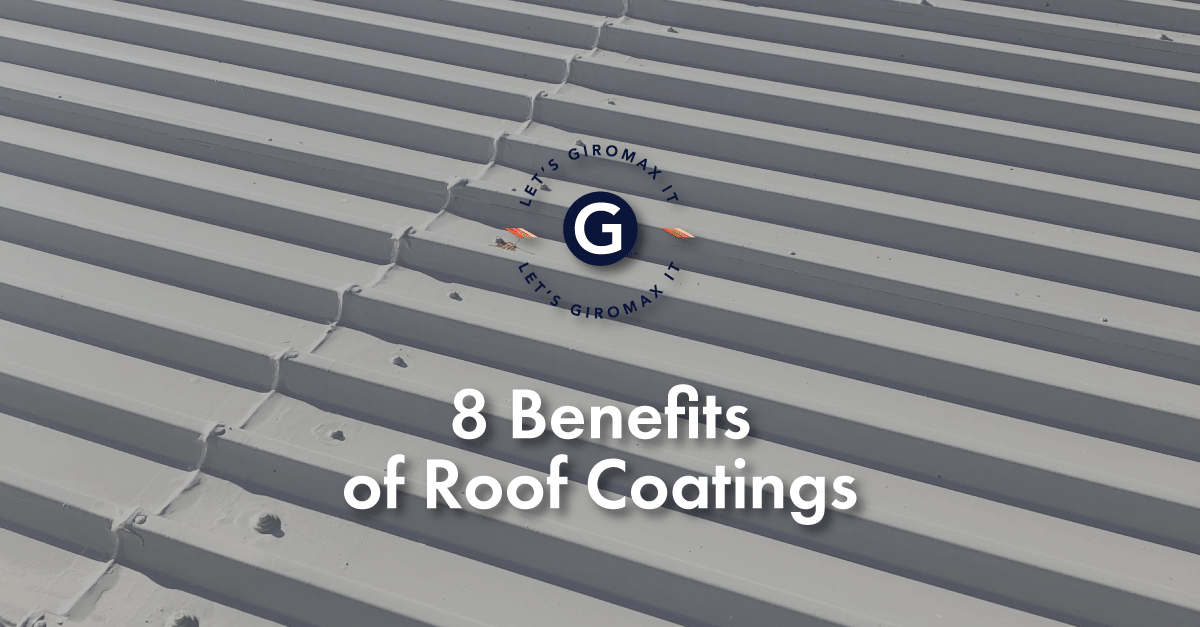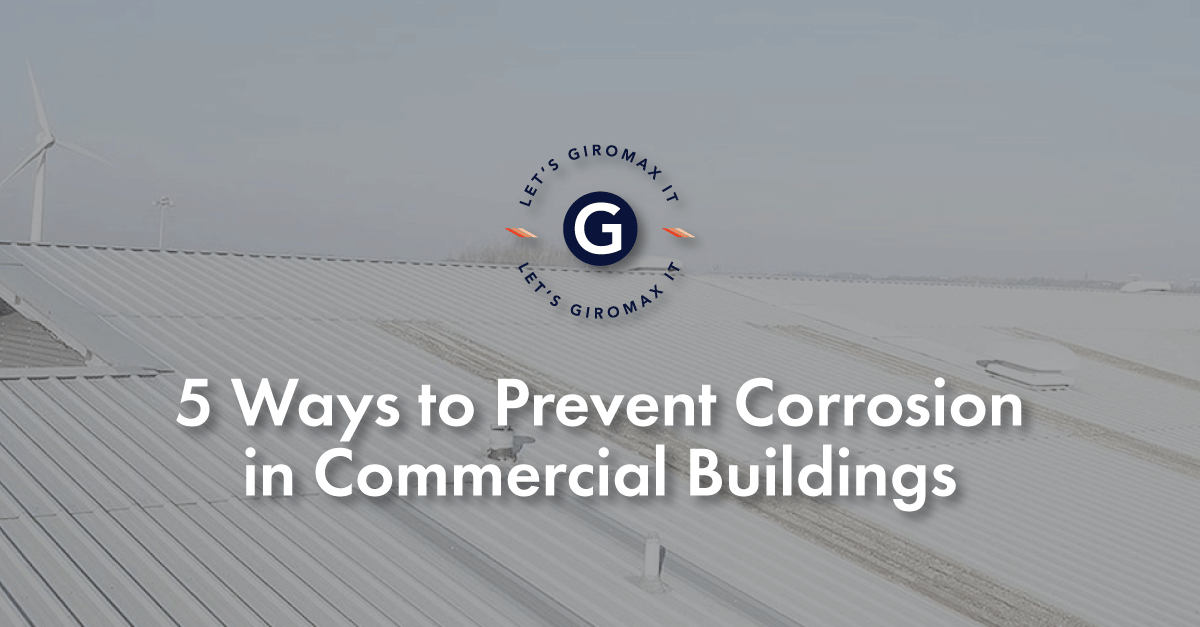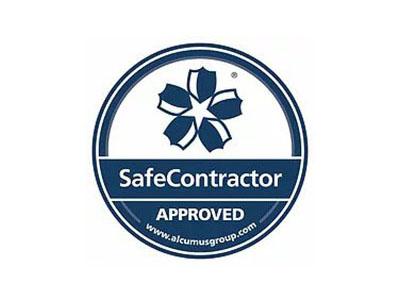Health and Safety – Working at Height on Roofs
The Health & Safety Executive (HSE) has clear guidance when it comes to the laws surrounding safe working at heights on roofs. But are your clients fully aware of the current regulations governing roof health and safety?
Non-compliance could have a devastating effect on your company, especially the financial impact of hefty fines relating to areas not covered by insurance.
The onus is on employers and managers to assess the risks involved in working at height. Failure to comply could result in accidents and even fatalities, so it’s essential that everyone knows the risks involved. While working on a roof, each stage of the process requires a thorough risk assessment to ensure every potential danger can be identified in advance.
Safety measures for working at height on roofs
According to the Work at Height Regulations 2005, workers should aim to do as much of their work as possible from the ground. But as you and your clients already know, when a roofing system needs attention, that’s simply not an option. Where workers have to physically work on a roof, managers have a duty of care to provide appropriate equipment and measures to ensure the safety of everyone involved.
Anyone working at height must be provided with a safe route to and from the roof, with extra precautions when working close to fragile surfaces. Equipment must be inspected before use to ensure that it’s fit for purpose, with scheduled maintenance checks to keep it in good working order at all times. Workers may also need to be reminded of the need not to overload themselves, or to overreach, as this could compromise their safety.
Your clients may need reminding that it’s essential to consider the risks of falling objects, which will require additional protection for those who might be affected. And it’s important to consider they have rescue procedures in place for emergency evacuations too, so that every eventuality is covered.
The risks involved in working at height on roofs
It’s estimated that up to one in five deaths in construction result from roof work. Working at height on a roof isn’t something that can ever be taken lightly; it’s a high-risk activity. So, it’s not surprising that the Health & Safety Executive has published detailed safety guidance. Not all roof-related accidents and fatalities involve specialist roofers; general repairs and cleaning work are also cited as being particularly dangerous activities.
Falling from a roof edge is obviously the primary concern, but there are other hazards to watch out for too. Fragile roof structures could give way, with openings and rooflights presenting additional dangers. Unsuitable or inadequate equipment, and poorly trained or supervised operatives are also implicated in accidents when working at height. It’s important to address any potential risks before scheduled roofing work is sanctioned.
Providing safe access to a roof
Careful and effective planning is required before allowing anyone to work at height on a roof and this starts with providing safe access. Your client or contractor may need to check how safely this can be achieved, through one or more of the following methods:
- Ladders and stair towers
- Roof openings and roof access hatches
- Scaffolding; mobile or fixed scaffolding towers
- Mobile access equipment, such as a cherry picker
A sloping roof needs to be surrounded by scaffolding to protect both people working at height and those below on the ground. It’s a sensible precaution to fit some edge protection too as an extra layer of safety. Ladders may be used for tasks that are of short duration, but they must be properly secured and fit for purpose.
Workers on flat roofs can be protected by installing edge protection, as well as double guardrails and toe boards around the edge as an extra precaution.
Working at height on fragile roof surfaces
The advice from the Health & Safety Executive is to treat all roofs as fragile in the first instance. It should be determined whether the roof is capable of supporting the weight of workers. In particular, the guidance suggests that sheeted roofs of any type should be considered incapable of bearing a person’s weight, including roof ridges and purlins.
It is wise to remind your clients they have an obligation to provide additional protection around rooflights, which are often obscured by paint and can be difficult to spot. This protection takes the form of covers or barriers, which must be well secured and clearly labelled with warning messages.
Using a platform underneath the roof is an effective method for ensuring that workers remain safe at height. Your clients may wish to use guard rails, stagings, safety nets, fall restraints and fall arrests in combinations suitable for the specific situation.
When inspecting a roof, you may discover different forms of damage. If you need advice when it comes to choosing a suitable roof coating product, please speak to the Giromax team or call 01455 558969 today.
Our Giromax® products offer innovative, market-leading solutions for commercial roofing systems and we are cut edge corrosion specialists.
Get updates from us
Sign up to our newsletter to receive all the latest news and insights from Giromax Technology.
Subscribe to NewsletterRelated articles
7 Reasons Why Regular Roof Maintenance is Important
There are many reasons why regular roof maintenance is important, from avoiding costly repairs to energy efficiency. Lets look at...
8 Benefits of Roof Coatings
The benefits of roof coatings include durability, energy efficiency, environmental sustainability and cost savings. In this blog we take a...
5 Ways to Prevent Corrosion in Commercial Buildings
Corrosion protection is an important part of maintaining any industrial premises. In this blog we look at how to prevent...
